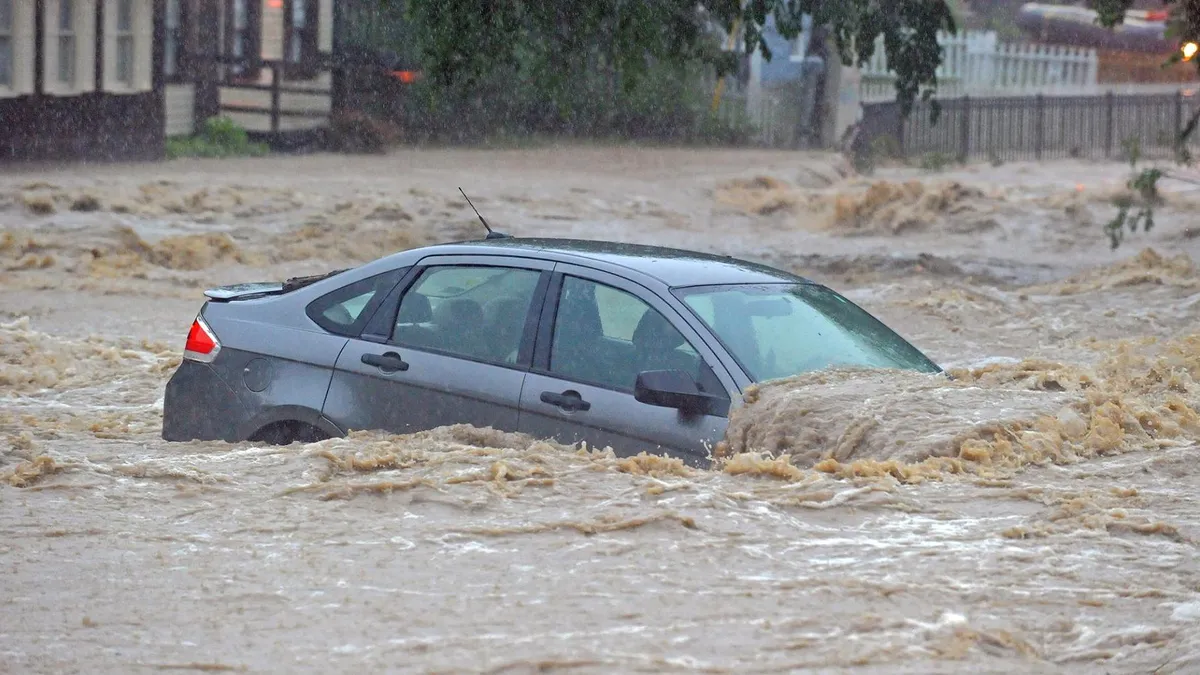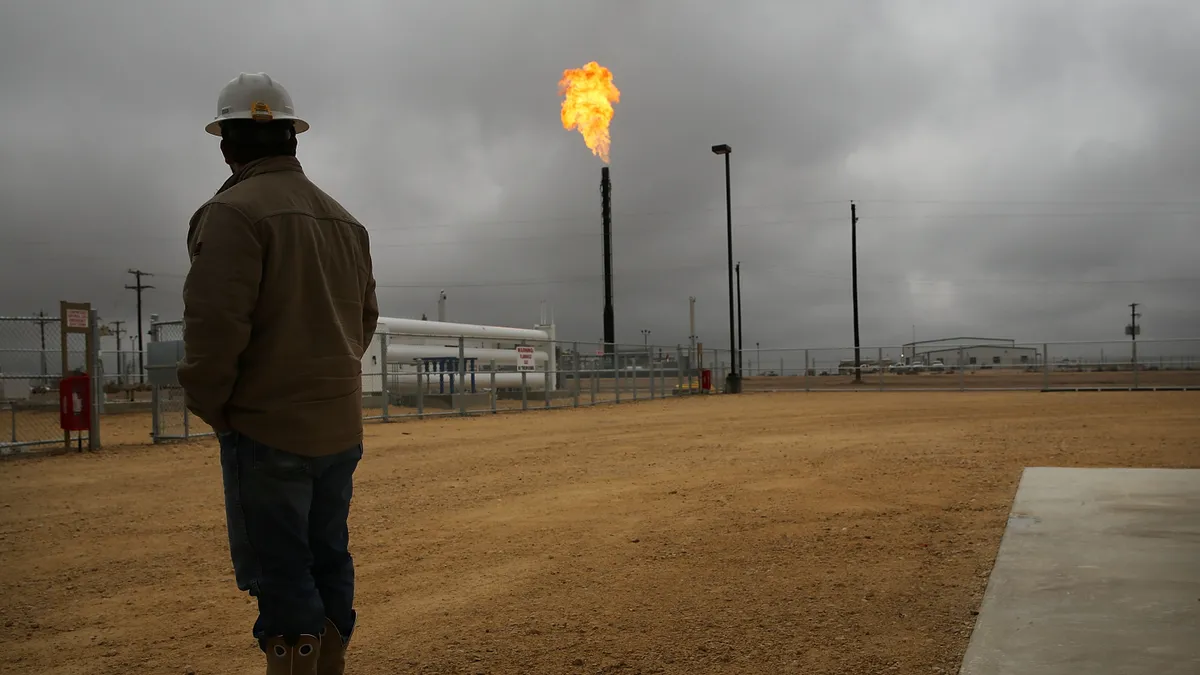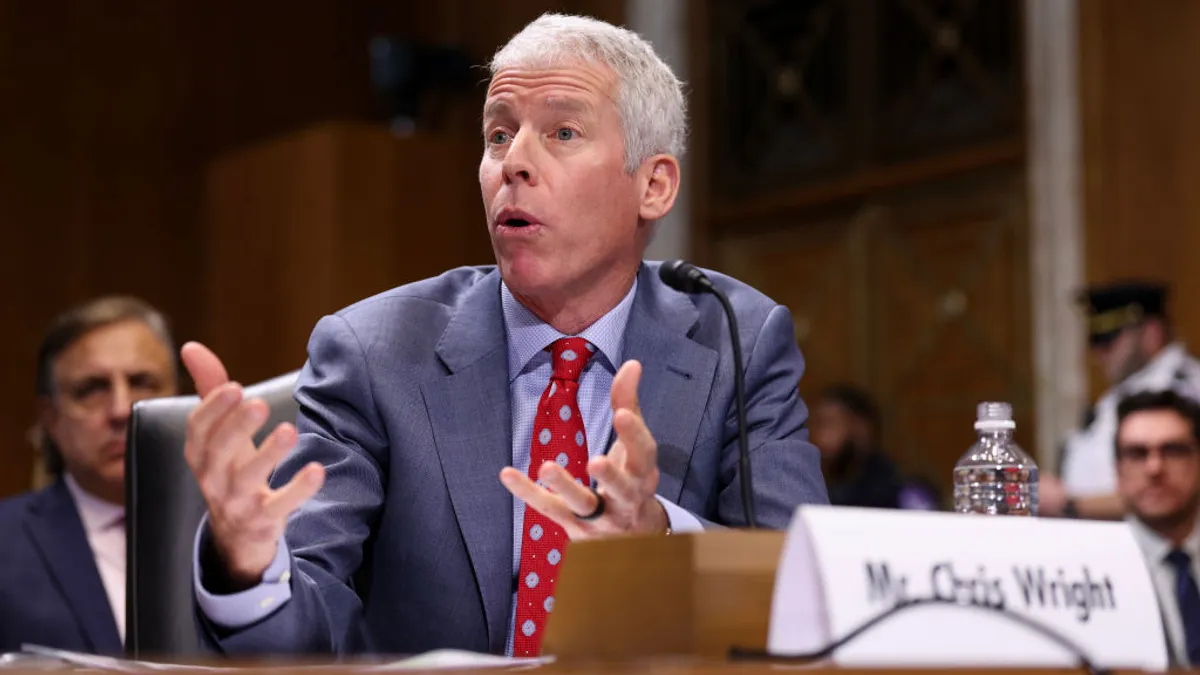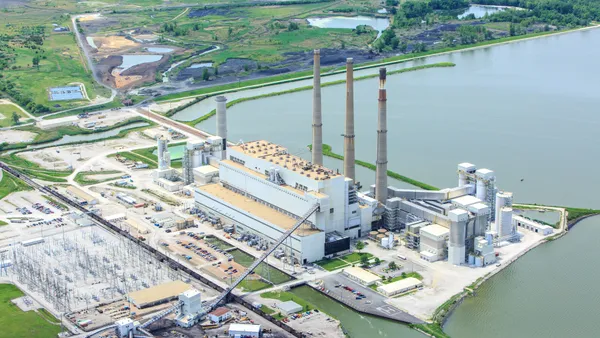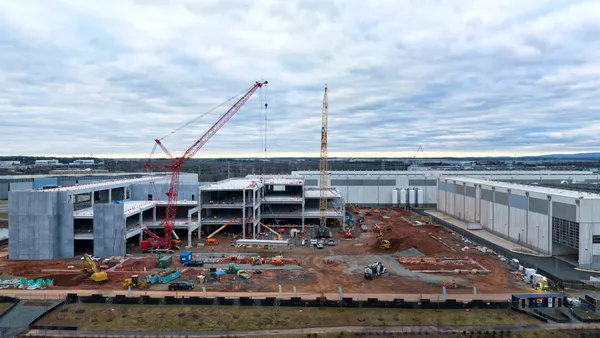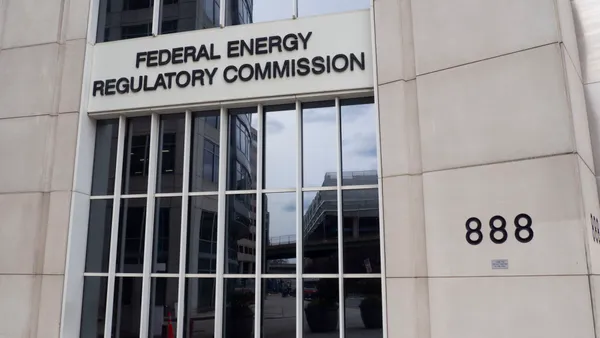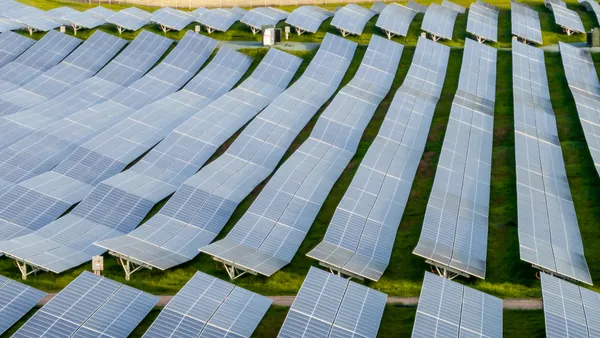Dive Brief:
- In a study of 520 major global cities, published in the scientific journal PLOS One, researchers determined 77% of the world's cities will experience a striking change in climate conditions by 2050 that will make them more similar to warmer cities' current climates. For example, the 2050 climate in London will resemble Barcelona's presently, and 2050 Seattle will resemble the current climate in San Francisco.
- All cities' climates in both the Northern and Southern hemispheres generally are predicted to shift toward the conditions in warmer, low-latitude (equatorial) regions, while cities in the tropics will experience pronounced shifts to drier conditions.
- The report warns that 22% of cities will experience conditions not currently found in any city in the world. This scenario would be most pronounced in the tropics — 64% of the cities that will experience these novel climate conditions are in the tropics — including Jakarta, Indonesia; Kuala Lumpur, Malaysia; and Singapore.
Dive Insight:
The report suggests that by 2050, global cities will experience less temperature seasonality and higher temperatures throughout the year, but more precipitation seasonality. Essentially, cities will become hotter, wet seasons will become wetter and dry seasons will become drier. It also notes that the 22% figure for cities that will experience novel climate conditions is a "conservative estimate."
The researchers point out that their study is not unique because they contributed new climate projections; in fact, they reiterate the findings of previous studies and the commonly cited 2 degree Celsius predicted change in global temperature. Instead, the researchers say this study is different because it helps people visualize the climate future in more tangible ways. It's difficult for people to understand the impact of a 2-degree change, but putting it in the context of the city climates they're already familiar with makes the concept more concrete.
"Any effort to make this simpler and more visual and easier to understand is good," Cooper Martin, National League of Cities' (NLC) director of sustainability and solutions, told Smart Cities Dive. He noted that numerous barriers exist for increasing the public understanding of the effects and gravity of climate change.
For example, because the United States measures temperature in Fahrenheit and the rest of the world uses Celsius, many Americans can't adequately visualize a 2 degrees Celsius long-term temperature shift, which is actually 3.6 degrees Fahrenheit.
"That's a big barrier to public understanding and education," Martin said. "It becomes much more real and more noticeable to a lot of Americans when you put it in terms of what we are already used to."
NLC has a number of policy positions on what the federal government should do to help cities prepare for the effects of climate change, including funding for more environmentally friendly infrastructure changes, widespread adoption of renewable energy and support for sustainable transportation. The organization also supports cities that have adopted their own local climate plan in achieving their goals.
Some cities, like Dallas, have created or are working on bona fide climate action plans. Others incorporate environmental policies and climate action items into their sustainability and resilience plans, such as in Miami and Toronto.
Although NLC advocates for greater federal government action on climate change and encourages cities that already have climate strategies in place, more needs to be done across the country — and around the world — to mitigate the effects of climate change, Martin said.
"Our actions absolutely need to be accelerated. It's good that there is more attention being paid to it now, but unfortunately we have delayed for too many years. Now we're really left with no choice but to accelerate action even further," he said.



